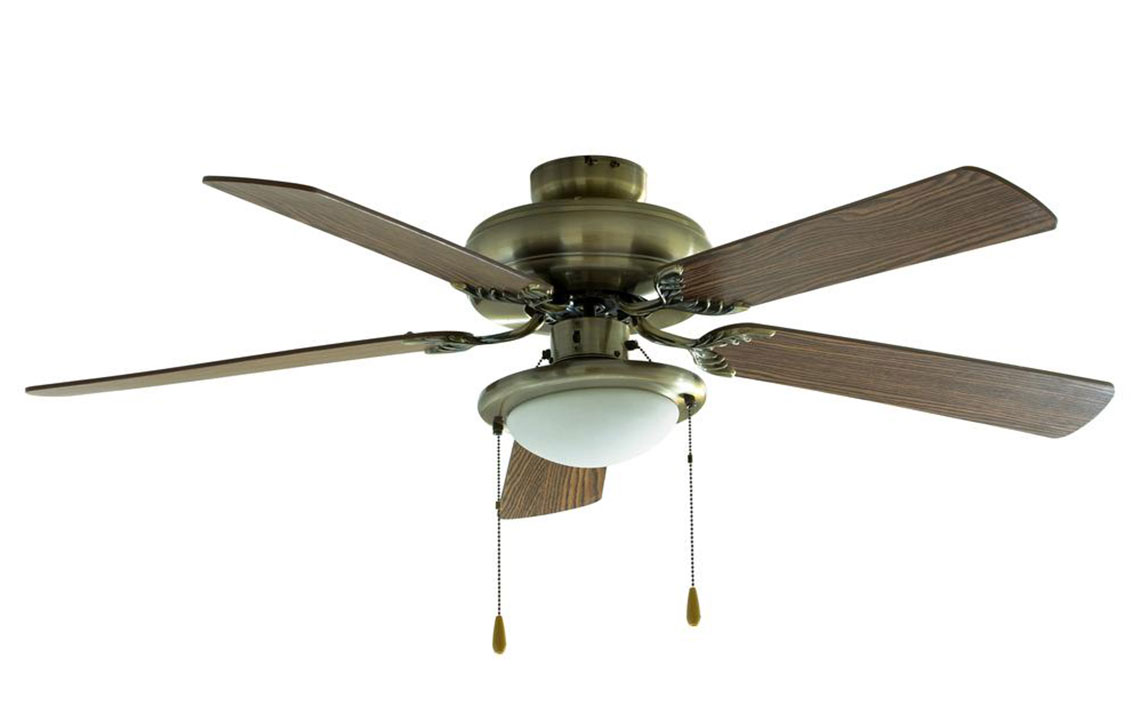Ceiling fans – Types, maintenance and more
Ceiling fans are a great invention and one of the best add-ons to home appliances. They help to supplement cooling and heating effect. They force warm downward air in winters and stir it up to make it cool in summers. This function also saves few pennies as it decreases the load on heating and air-conditioning systems. Ceiling fans have evolved significantly from their obsolete counterparts in style, configuration, design, better motor system, controls, finishing material, etc.
Ceiling fans are mostly mounted in a ceiling box with a control which comes with a capacitor design to manage its speed. Some ceiling fans are highly sophisticated with an inbuilt programmable light and its fan settings.

There are different types of ceiling fans such as outdoor ceiling fans, industrial fans, Energy star ceiling fans, Hugger ceiling fans, etc.
Industrial ceiling fans consist of three blades and a motor. They are considered to be cost-effective, energy savings and designed for offices, factories, industries, etc.
Outdoor ceiling fans are preferred in locations outside the home and have rust-proof finishing.
Energy star ceiling fans save up to one-third energy and is a joint program between U.S. Environmental Agency (EPA) and the Department of Energy.
Hugger ceiling fans are installed in rooms as close to the surface of the ceiling to maximise headspace.
A ceiling fan is made up of numerous parts, and troubles develop sooner or later. All the screws and bolts should be tightened without damaging the blades. The house wires should be properly connected to the fan, and its airflow should be checked. Dust can damage it and can be cleaned by using a cloth or a dusting spray. Proper maintenance is crucial for the effective functioning of ceiling fans.

